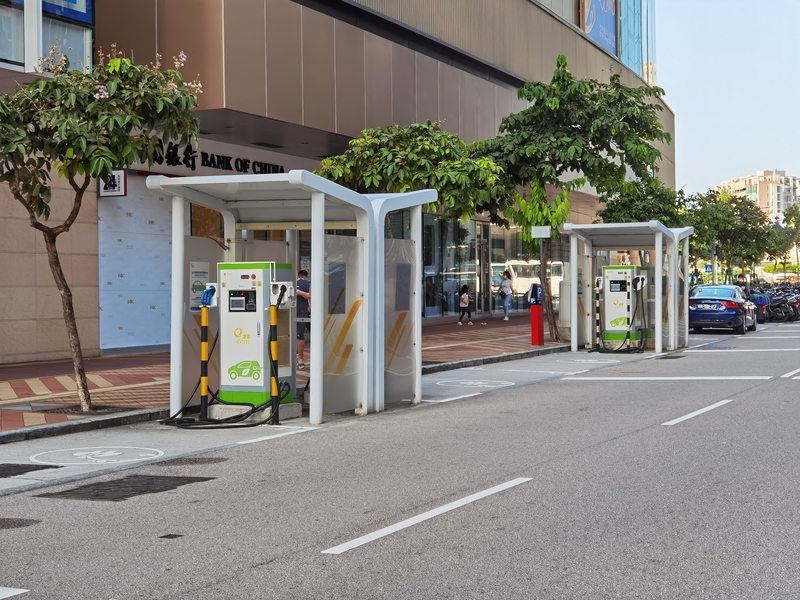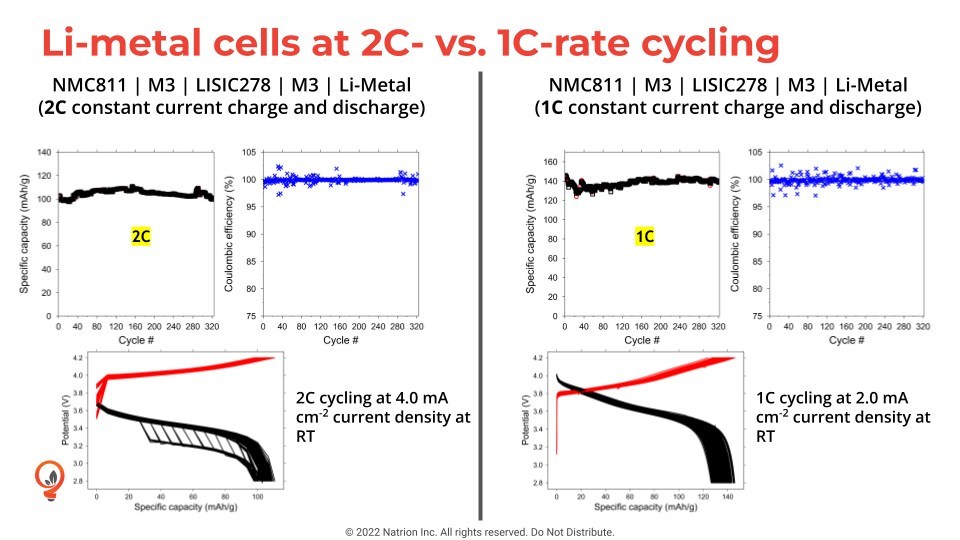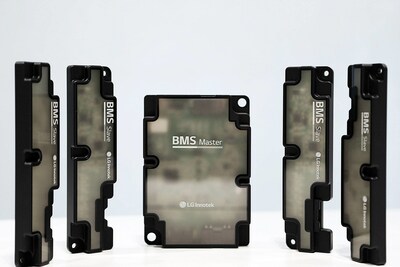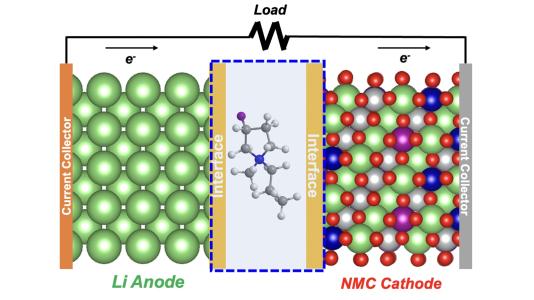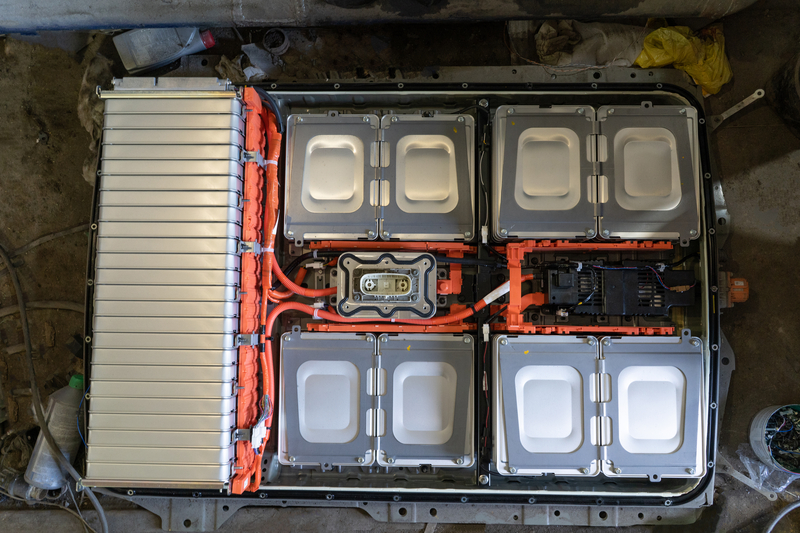
The market will be driven by elements like developing battery technology, supportive governmental policies and regulations, and the introduction of new plug-in EV models.
According to "Global EV Battery Market by Battery Capacity (<50, 50-110, 111-200, 201-300, >300), Battery Form (Wire, Laser), Propulsion (BEV, PHEV, PHEV, FCEV), Battery Type, Material Type, Li-ion Battery Component, Method, Vehicle Type & Region - Forecast to 2027" from Market Dynamics, manufacturers of EV batteries have developed novel approaches to battery design and chemistry.
The reduction of the volume that the battery takes up is another key area of attention for R&D in EV batteries. For instance, Samsung SDI considerably changed the anode-cathode battery separator to make the battery smaller. A Chinese EV battery manufacturer named CATL developed "blade-thin" battery cells with a centimetre-thick thickness.
Apart from government initiatives and incentives, the EV battery ecosystem is witnessing various innovations when it comes to the use of advanced metals. Apart from that, there is a shift in the way batteries are built. For instance, with the introduction of Cell to Pack (CTP) technology, the need for putting cells in modules has been eliminated, thereby making the battery lighter in weight. Similarly, investments by major battery players and few automotive OEMs in capacity expansions as well as green field investments are also poised to play a major role in the growth of the EV battery market.



